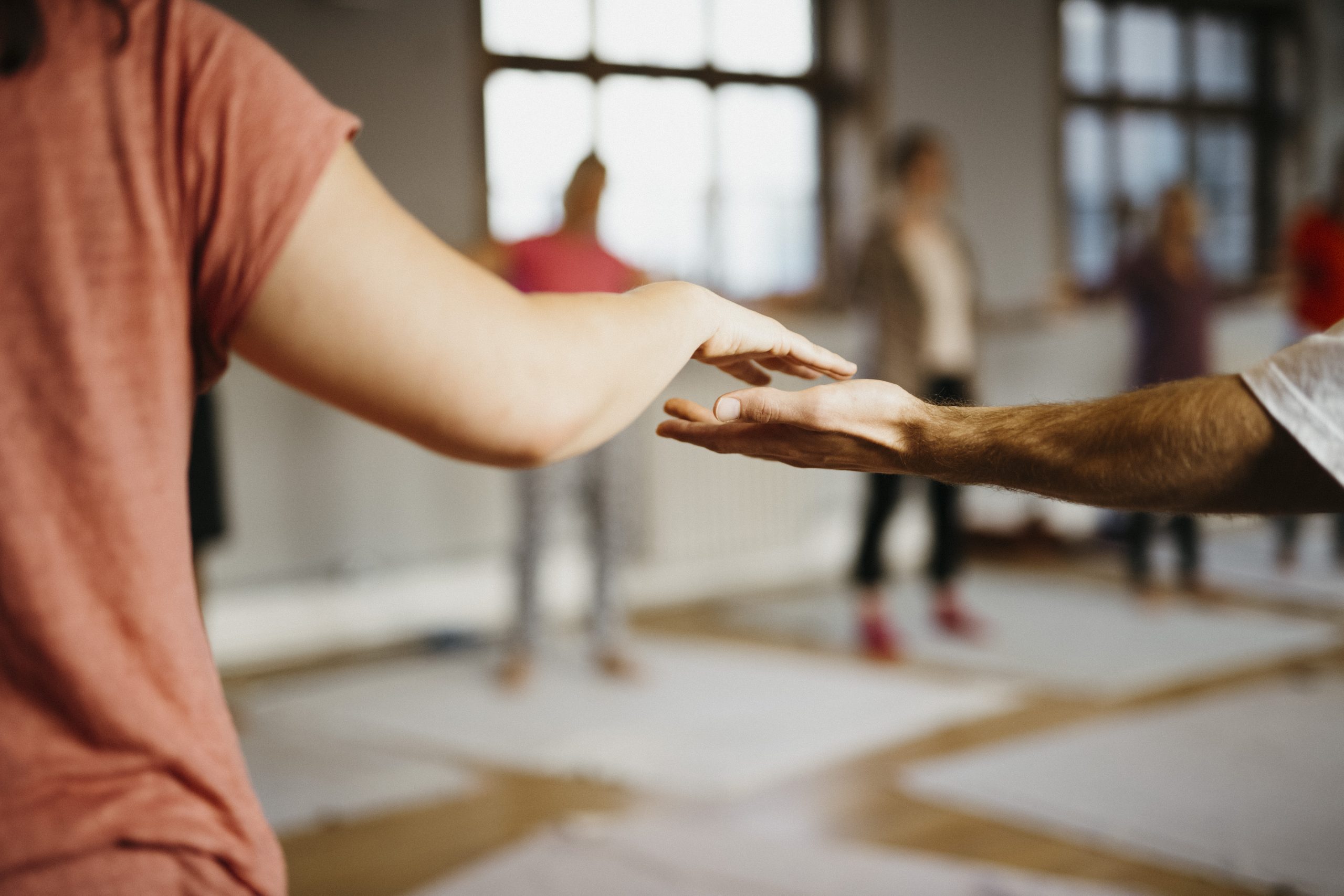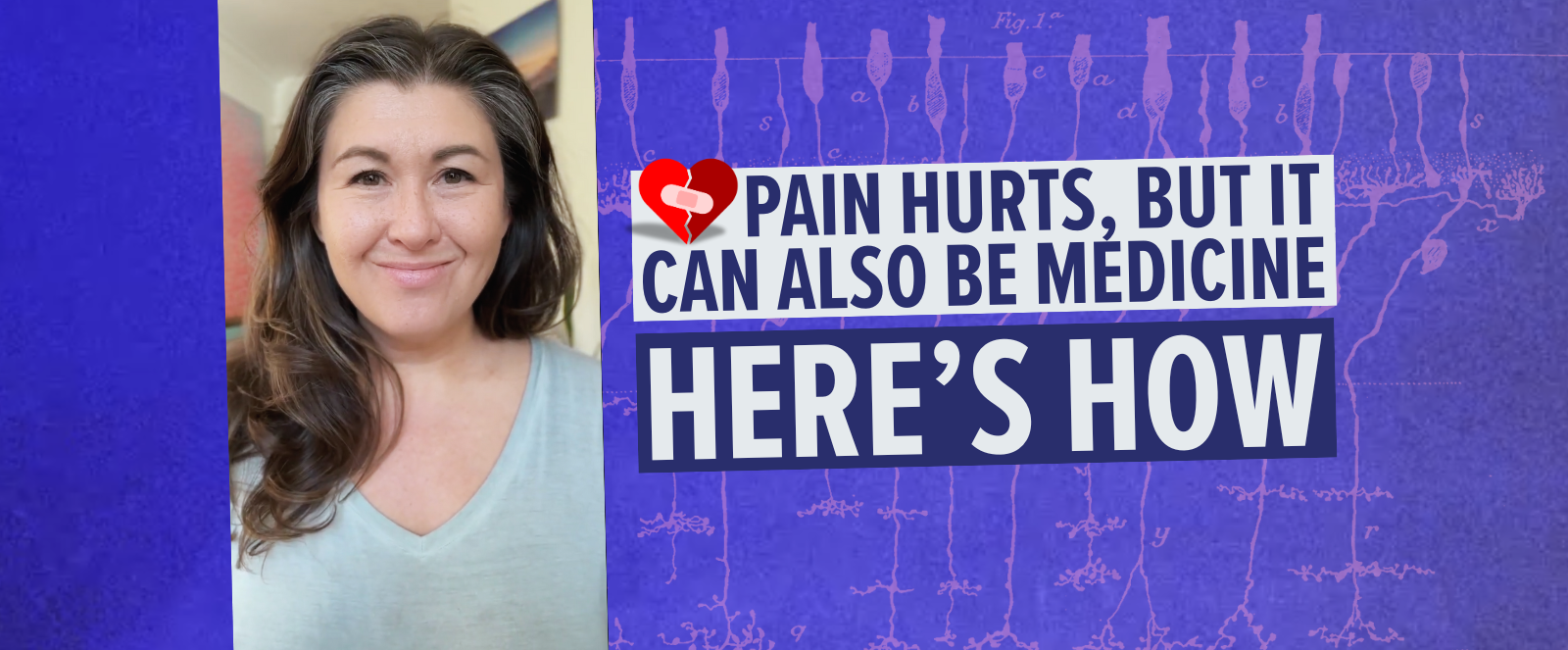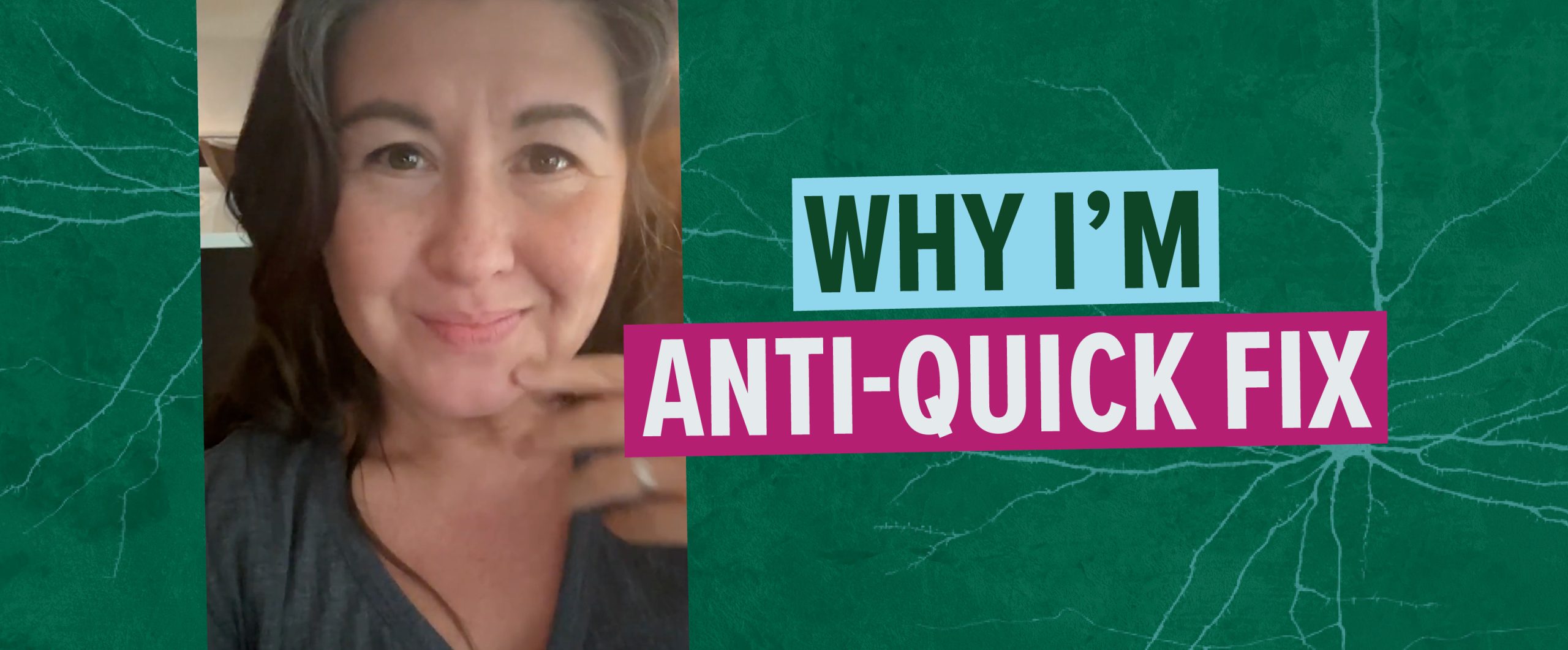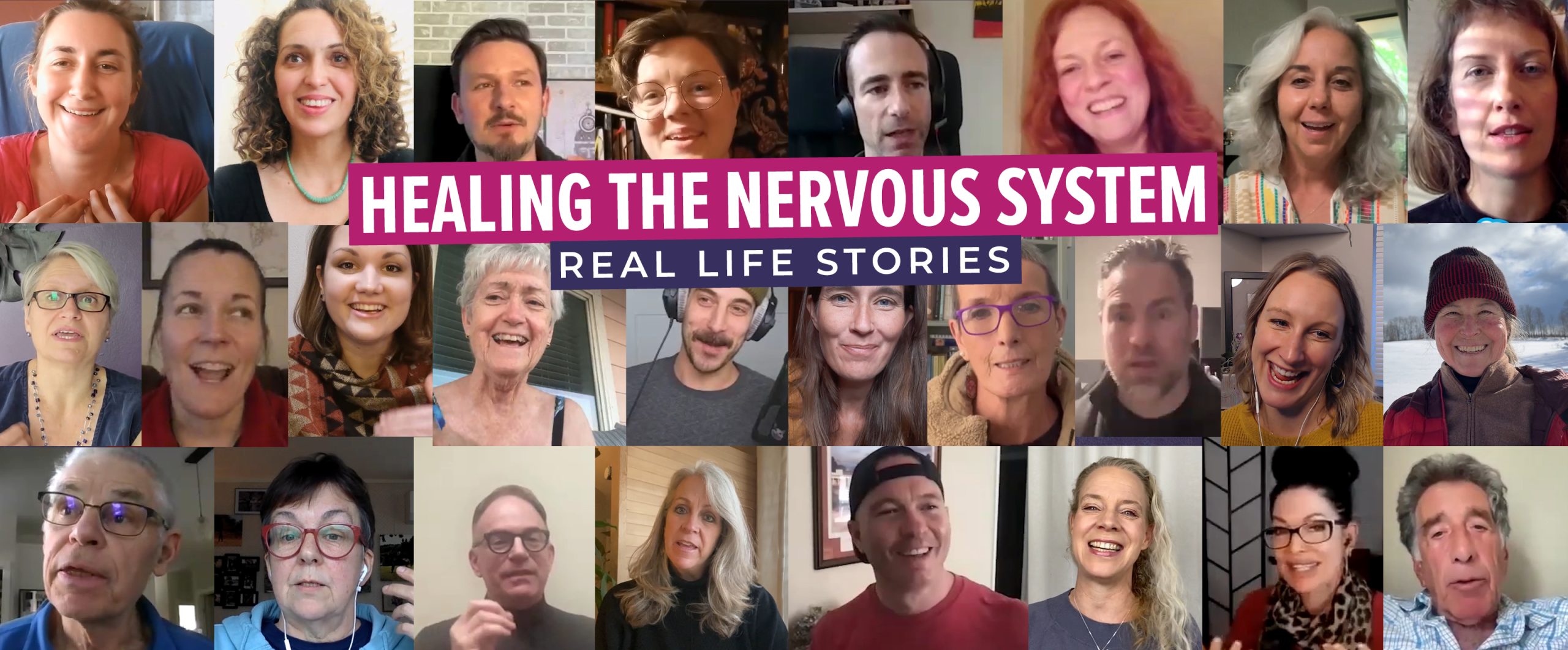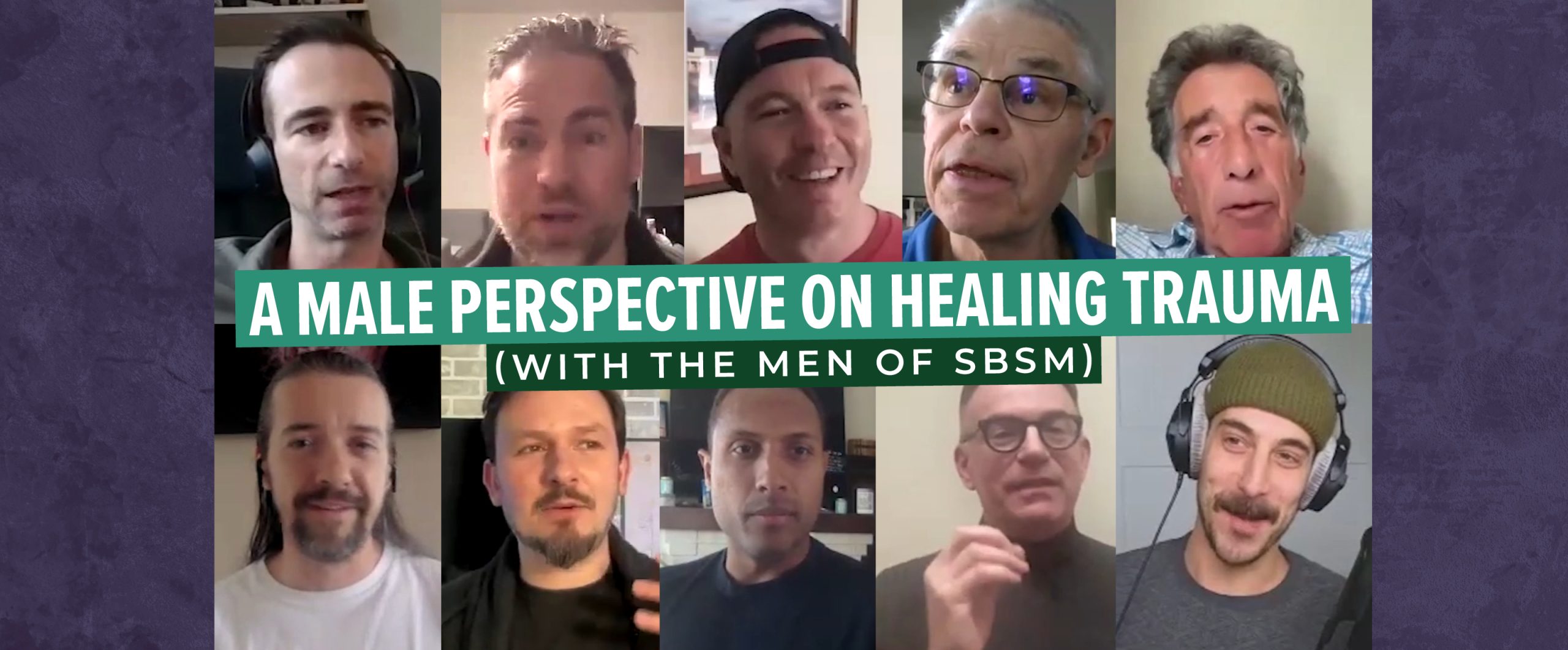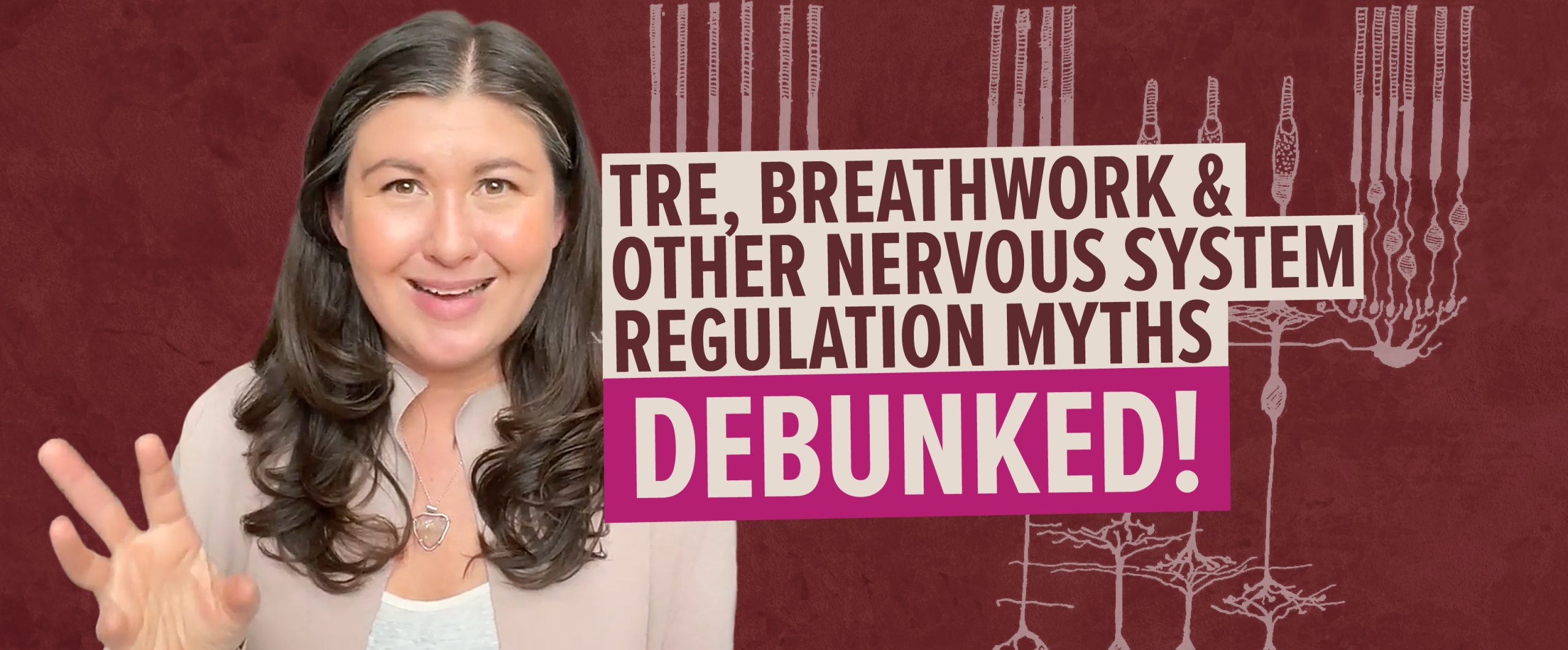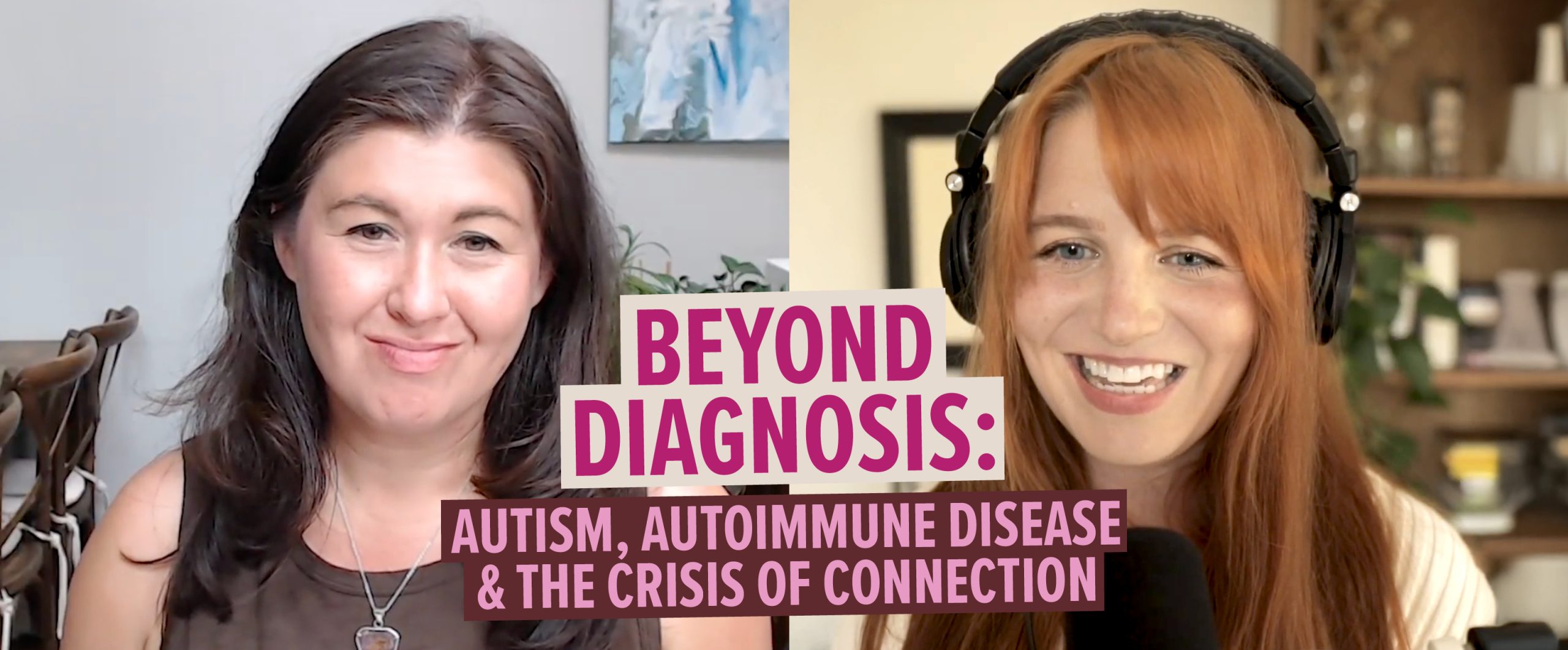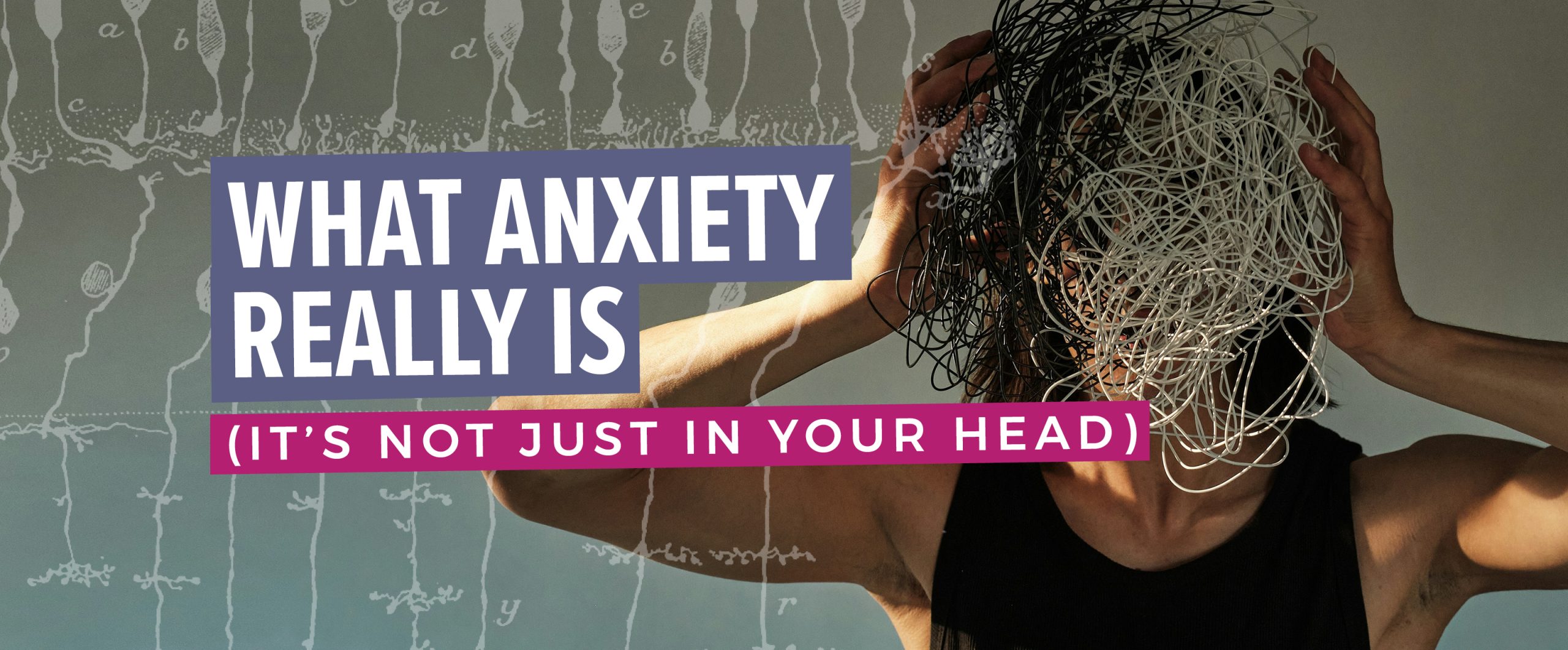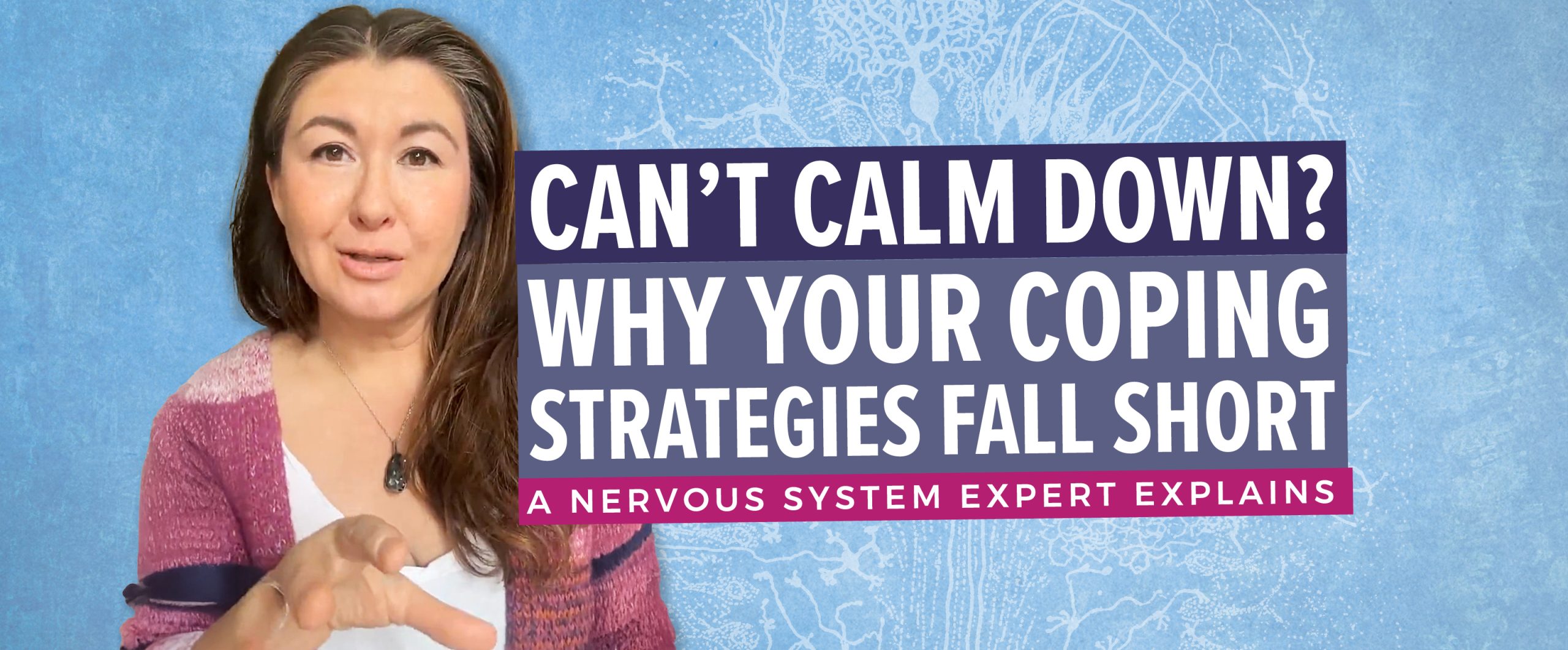If you are a yoga, dance, 5 Rhythms, Feldenkrais, meditation, and/or any other kind of teacher that guides groups of people into their body and mind via movement and mindfulness, this is for you!
I’ve been a teacher of movement and mind-body awareness since 1997, so I definitely know a few things about this topic and I’d love to share with you what I’ve found to be the ten most important practices to implement to make sure your students feel safe so they can get the most out of your teaching.
I first started teaching in the fitness and exercise rehab industry, but I was quickly steered into the work of Feldenkraisian learning (the work of the late mind-body pioneer Moshe Feldenkrais) and its unique methods for rewiring movement patterns and self-awareness. The catalyst? I had injured myself numerous times and had to undergo many knee surgeries as a result of my skiing addiction in my late teens and early 20’s.
Soon after I started my Feldenkrais practice, I realized that many of my students (maybe 50%) were struggling to sense and feel their bodies. Their awareness was either dulled or they felt too much, and what they learned just wouldn’t stick. They’d forget key foundations even though they ‘appeared’ to understand and embody them at each class. It’s almost like they had mind-body ADD and while we made headway in the classes, during the following days they’d bounce back into their old patterns like elastic bands.
This conundrum led me to the work of Peter Levine, author of the groundbreaking book Waking The Tiger and the founder of Somatic Experiencing, a form of somatic psychotherapy that helps to heal trauma at the level of the body and the nervous system. I was instantly hooked.
I started to realize how many of us who had ‘good childhoods’ were still a victim to some form of social and cultural brainwashing. Common sayings, like ‘children should be seen and not heard’, leave scars for life and have been connected to an increased risk of autoimmune disease later in life.
Then there are the numerous ways we punish and inflict toxic shame on kids for not doing a ‘good job’ or being ‘too fat’ or ‘not pretty enough’ or ‘being clumsy’ or ‘not very smart’. And these are just a few. This kind of toxic stress and early trauma runs rampant in more affluent and middle class societies, and leaves a child with a nervous system that lacks internal safety and security. All this builds the perfect breeding ground for anxiety, depression, low self-worth and addiction.
This kind of toxicity, not to mention outright abuse, also breeds a lot emotional numbing and in more severe cases mild to severe PTSD. It became apparent to me I had to address this reality head-on in my group classes so I started to blend my learnings in fitness, Feldenkrais and healing trauma into one big beautiful practice. The results were remarkable.
Over time, my students started to have experiences in class they’ve never encountered in a group setting: their awareness deepened, they started to feel safety (for some it was the first time ever), they started to open up and express their true life force. They were healing. They weren’t just coming to class to shake off the weeks stresses and get their blood and joints moving.
They were evolving out of their held beliefs about themselves. Their traumatic imprints were lifting.
Here are my ten most sacred practices for ensuring your students get the most out of your teachings so they can find their own internal compass and become their own guru and their own medicine.
Advice for outside of the class setting
1 – Do Your Own Work
I highly recommend that you, as a teacher, exploring somatic therapy and healing old traumas that may be still lurking in your body. The reason this is critical for us in the mind-body fields (and to be honest, anyone who works with people helping them to improve their quality of life), is we’ll only be able to help other people to the degree that we’ve helped ourselves.
Of course, this is a matter of personal and professional preference, but from my experience the more healed and resilient and regulated we are as teachers, the greater capacity we have to bring our students further along their own healing spectrum.
Before class begins, observe the dynamic of the people who are attending and ready yourself for the energy of the group. By doing your own personal somatic work and healing your own traumatic wounds (#1), you’ll become more tuned to, and less triggered by, other people’s wounds, insecurities, body signals and postural fears.
As students enter
2 – Welcome Your Students
Welcome your students and be open for engagement, but see what happens if you allow the group that is forming to take the lead. This doesn’t mean ignoring the group and/or anyone that might want to talk to you. We must be gracious with our time and offer up our energy and expertise when desired and needed, but consider the 5-10 minutes before the official start time as a sacred time for YOU to gather yourself and join The Field of the participants.
Because I have my own studio, I will often leave the room about 3 minutes before the class is set to start and use the washroom for a brief moment (usually because I have to!). When I return, if there is an uncomfortable silence and no one is talking, this gives me a sense of where people are at. Of course, people could be resting and just getting themselves into the room and into their body, which is fine, but even if that’s happening, it tells me the level of stress that is stewing amongst everyone.
It’s all about subtlety and observation and with time you can discern how the next practices play out and how much time you must use to get people into their ‘learning’ nervous systems.
Once everyone is there…
3a – Engage Them
If you are teaching a group wherein you don’t know people’s names and they really don’t know you or each other, as is so common in the larger yoga and dance studio settings, PLEASE TELL THEM YOUR NAME! I was once at a yoga class and the teacher never introduced herself. This instantly devalued the instructor for me. All we need is a first name. That’s it! ?
3b – Get Them to Stay Engaged with their Fellow Classmates
Have your students engage with one person near to them. Or have them form groups of three or four. You pick.
The key is to spark up the social engagement portion of their autonomic nervous system, which is the more evolved portion of the parasympathetic nervous system. Talking, making eye contact, moving the head and neck muscles and hearing sound sparks this up. When you spark up this portion of the nervous system, you also calm a person’s heart rate and you get them into their higher brain for higher learning. This doesn’t have to be long. One minute can be enough.
I’ll often make it easier for my students by giving them a little instruction; I’ll have them say their name and what they had for breakfast, or what movie they last watched.
Simple stuff, but it’ll change the tone of the class, trust me!
THEN…
3c – Never Ask Students to Close their Eyes, Unless They Want To
For any students with a history of threat and perpetual unsafety (as I discussed in the introduction), it’s VERY important that you allow each person to decide how their eyes should be.
I’ve been in conference rooms where the presenter starts with immediately having the audience close their eyes and take a deep breath. While this may be fine for many, in my research and experimentation around this common practice, many people find it very uncomfortable (especially with strangers next to them), but they conform and do it anyways. This peer pressure puts that person’s physiology into one of two states: a) a slightly elevated fight/flight response, and/or b) a shutdown (also called freeze response).
Even if you’re doing a guided visualization, or you’re in the final stages of a yoga class in Savasana, give your students the option to close their eyes, and to experiment with it.
I also believe it’s important to cultivate internal awareness with our eyes open, so this is a perfect opportunity to introduce this concept to your students. After all, if you can only feel your insides with your eyes closed, it means that for the bulk of your waking day while you are doing your daily stuff there’s no internal compass to let you know how you actually are, which is a sickness of our current culture.
4 – Practice Orienting
To help them become more present with their current environment, I suggest including some form of guided or self-guided orientation at the start of any class.
Have them notice the room, and get them to find one object in the room that grabs their attention. Again, this is fast, like 30-90 seconds, but what it’s doing is allowing them to orient to their surroundings and this action sparks up the same part of the nervous system that was sparked up in #3b.
You can go one step further and have them take a short stroll while they orient. Go another step further and provide them the option to talk out what they see. Allowing them to use their voice and to hear themselves helps breaks the ice a bit and dissipate feeling like they have to be stone cold silent all class. This can come in really handy if bubbling up of emotions (#9) or a physical release (#10) happens.
Activating our vocal cords also sparks up the parasympathetic nervous system which helps to calm the heart, puts the brain into learning mode and gets them out of their daily stresses and into the practice that’s about to begin.
Experiment and play. When most people get to a class, they have been following the gazillion rules they have to play by to be successful members of society. Let them get off their ‘mat’ for a few minutes. Let them explore.
DOUBLE PURPOSE: This orienting practice can be highly useful if your students start to feel intense emotion or body sensations they might not be able to handle. So, in addition to giving your students permission to ask for your help if they need it, it’s important to set them up with some tools so they can help themselves if need be.
5 – Awareness to The Body
No matter what practice you teach, don’t assume your students actually know how to feel their body.
I know this might seem like a hit to humanity’s intelligence, but we’ve become so disconnected from our body as a result of our toxic culture and trapped traumatic experiences that we have become masters of numbing out.
Having people notice the pressure of their feet on the ground (rather than getting them to ‘ground’) is useful to wake up the kinesthetic senses. If people are seated, have them feel their butts on the ground .
Bring it one step further and have them feel how the ground (or chair) supports them. This can have the effect of lessening the need to pull up and stay supported by the internal muscles and organs. ‘
“Let the ground support you” is a good phrase to try.
Oh, and as you do these little experiments, really observe the physiology of your students.
Once you’ve got here, really observe the quality of self and group engagement. Notice your own ease. How have these first few practices shifted the sense of connection and safety in the group?
6 – Multi-Task Awareness
I use this concept to explain tracking more than one thing at the same time. You’d be surprised how much complexity our brain can handle, yet we rarely practice adding more complexity to the most powerful piece of engineering on this planet!
For example, let’s say you have your students become aware of their feet touching the ground. Then, have them bring attention to the room (orient, #4), while also noticing their breathing.
Depending on the kind of mind-body practice you teach, start guiding them through the asanas, or movements, but have them maintain a focus on the feet, the room and their breath. Check in with them and see if they are able to focus on attending to these different things all at once.
What often happens when you’ve reached a person’s awareness capacity? They start to tense and hold their breath (which transfers all throughout the body), or they lose their attention on the ground, or their surroundings.
In the practice I teach, Feldenkrais, there’s an ongoing noticing at multiple levels of human experience (movement, thinking, sensation, feeling), which taxes the nervous system in a positive, challenging way so long as the student can learn to tell the moment they begin to strain and push past their capacity. The key is building the multi-tasking one piece at a time, but not at the expense of internal flow and freedom of breath.
7 – Notice the Tensions
And on that topic of straining and pushing…
Everyone will have a spot in the body (sometimes it’s multiple spots), that unconsciously contracts and tenses when the learning gets challenging (it’s often when they doubt themselves and don’t understand the instruction). This is a perfect entry point for noticing habitual patterns that aren’t useful and suck precious energy out of the system.
Teach your students how to cultivate their self-awareness by having them notice not just the breath, but other areas of the body that commonly tighten up, such as the throat, jaw, chest, hands and belly. Then, it comes down to using your own skills and expertise as a teacher to help them soften and open up these constricted areas (which will often be different from student to student).
This leads beautifully into the next topic which is Breath.
8 – At the Start, Avoid Directing their Breath
This might seem counterintuitive in a mind-body culture that always starts out with “take a deep, cleansing breath.” When we begin a class with a direction in breath, it mis-attunes a person with their current physiological state.
Our culture, especially the mind-body world, uses breath as the go-to, to help manage tough sensations and emotions, and while this can be useful at times, it can also be an unnecessary and hindering crutch that stops the body and its stress physiology from hitting its homeostatic reset point, which allows natural relaxation to occur (rather than via a contrived deep breathing sequence).
So rather than direct a breathing pattern right at the start, what I suggest is to first:
a) Have them notice their breath.
b) See if they can not change it the moment they notice it.
Just teaching these two steps can be very useful, especially those who use their breath as a go-to resource. I’ve found when I direct a client to consciously breathe a little more on the shallow side of things, and stay attuned to their body sensations and emotions, little hidden gremlins of feeling and stored up traumas start to surface, and this is what we want!
(Side note: there’s absolutely NOTHING wrong with using breath as a vehicle to track the body and help influence movement patterns. And I believe we also need to give a bit of space to the body so it has a chance to tell us whatever stories it might be holding onto.)
While we are talking a bit about stored up emotions and traumas, let’s move on to #9.
9 – Normalize Emotions. Big and Small (and All the In-Betweens)
While we never want to create emotional chaos in our classes, we want our students to know the release of emotions is a natural and important part of working with our bodily system.
Interestingly enough, emotions are felt in the body first, yet we’ve wiped out this sensory skill as a culture and all our emotional heat gets directed to the mind which creates a big mess, with mental illness being one consequence. We know emotional health is critical to stave away chronic illness and disease (MATE: Body says no).
Western cultures (tend to) pride themselves in keeping it all in; waiting until the moment of breakdown and burnout and illness to let it all out or make changes. But we’ve got to change these ways if we want to evolve as a global community that honours the human condition and spirit. Our emotions are simply a part of life and health.
Without fear we wouldn’t be able to detect danger. We need the intensity of joy and love to form our most intimate relationships. Disgust let’s us know that something or someone isn’t good for us and sadness gives us perspective on difficult situations.
That saying, “keeping a stiff upper lip” portrays the holding in of our expressions, while verbiage dosed out to children such as ‘big boys don’t cry’ and ‘oh, it’s not that bad, you’ll be fine’ are a few ways we start the insidious process of physiological shutdown.
As I mentioned above, to help our students feel safe (enough) to express their humanity and all of its messy and beautiful colour, we need to work on our own. Therefore if you have challenges expressing your own emotions I suggest taking the necessary steps to normalize and experience the spectrum of emotions.
10 – Be Ready for Physical Releases
A few weeks ago I was talking to a business colleague and she was telling me she had just gone to a yoga class with a new friend. After class, my colleague could tell her yoga buddy wasn’t quite right. She asked her if she was OK, and she kind of brushed off the question, “I’m ok.” But before too long, she had to tell her what had happened.
During the class, she started to feel intense shaking and trembling in her spine, and then revealed that when she was younger, her older cousin had sexually abused her. It was clear a somatic memory (called a procedural memory), deep in her body system, probably held in since her abuse, was wanting to release.
In our culture, we feel shame when our body starts to move and react involuntary; we think there’s something wrong with us. But these physical reactions are actually the energy from old, trapped traumas, leaving the body. Shakes, spasms, tingles, big shifts in body temperature, tears, and involuntary movement patterns, especially of extreme spinal flexion and extension, are just some ways the body releases stored up trauma and toxic stress.
All too often, coaches and practitioners don’t have the solid education and personal skill necessary to know what might be happening when these reactions come up, much less how to safely facilitate the process. When these reactions take place, what usually happens is fear enters and the body tightens and braces against the reaction. Unfortunately, this only traps the release.
What we want to encourage and teach our students is these involuntary actions, when practicing good mind-body work can, and often do, happen. We want to welcome the release and do our best to not contract against them. We want it to move out.
Practices like Somatic Experiencing, Sensorimotor Psychotherapy and TRE (Trauma Release Exercises) are starting to bring more awareness to this reality of healing trauma and stored up toxic stress in our physical body. But we have to remember the body won’t always wait to be with a practitioner one-on-one; it might decide to do its own thing. If this should happen in our classes, we need to maintain our external AND internal calmness, support as needed, and allow the process to unfold and integrate slowly, without a time constraint.
Deep breathing and resources (going to a person’s happy place), while effective in soothing the nervous system, can actually hinder the stored up body memories from releasing. We need to teach our students they have to pick and choose when it might be OK, or not, to release what’s coming up. But remember, the mind-body class environment should be a safe space for such healing to happen. Our deep breathing and resourcing practices are good when we are driving, on stage presenting a workshop, flying in the air, but these management practices aren’t resolving, they are, after all, only ‘managing’.
We want to encourage the physical releases, and just like the emotions, we want to normalize them. We also don’t want to draw too much attention to the person as this could stop their process. This is why having some foundations and education in place BEFORE the class, or as part of an introductory, mandatory class for all participants, is a really good idea. That way everyone’s on the same page.
Finally, if physical releases do occur in your students, of course check in with them at the end of the class, but don’t make it a big deal. A friendly smile and “how are things now?” is all you really need. If they need a little more support, ask them if they’d like a little more support. Then, know you’ve set up a safe space in your mind-body class for deep healing and practice to unfold. Awesome work!
* * *
Teaching of any kind, I believe, is sacred work and I’m honoured any time I have a chance to guide a group through a learning process.
Because we’re living and feeling beings that experience an array of life events, we can never be too sure what each person is holding onto or how skilled they are at keeping their stuff stored up inside.
There’s a good chance old, uncomfortable stuff might pop up for the students in your classes (and not just in the form of tight hamstrings or uncoordinated movements), and I believe it is our duty as mind-body teachers to be present to these realities so we can facilitate a deeper form of healing.
To bring it back to #1, if we know we have old traumatic pieces that are still lingering in our own body, taking up precious space, I believe it is our duty to take the time to work on them and heal them so our internal container is a beacon of safety for our students.

